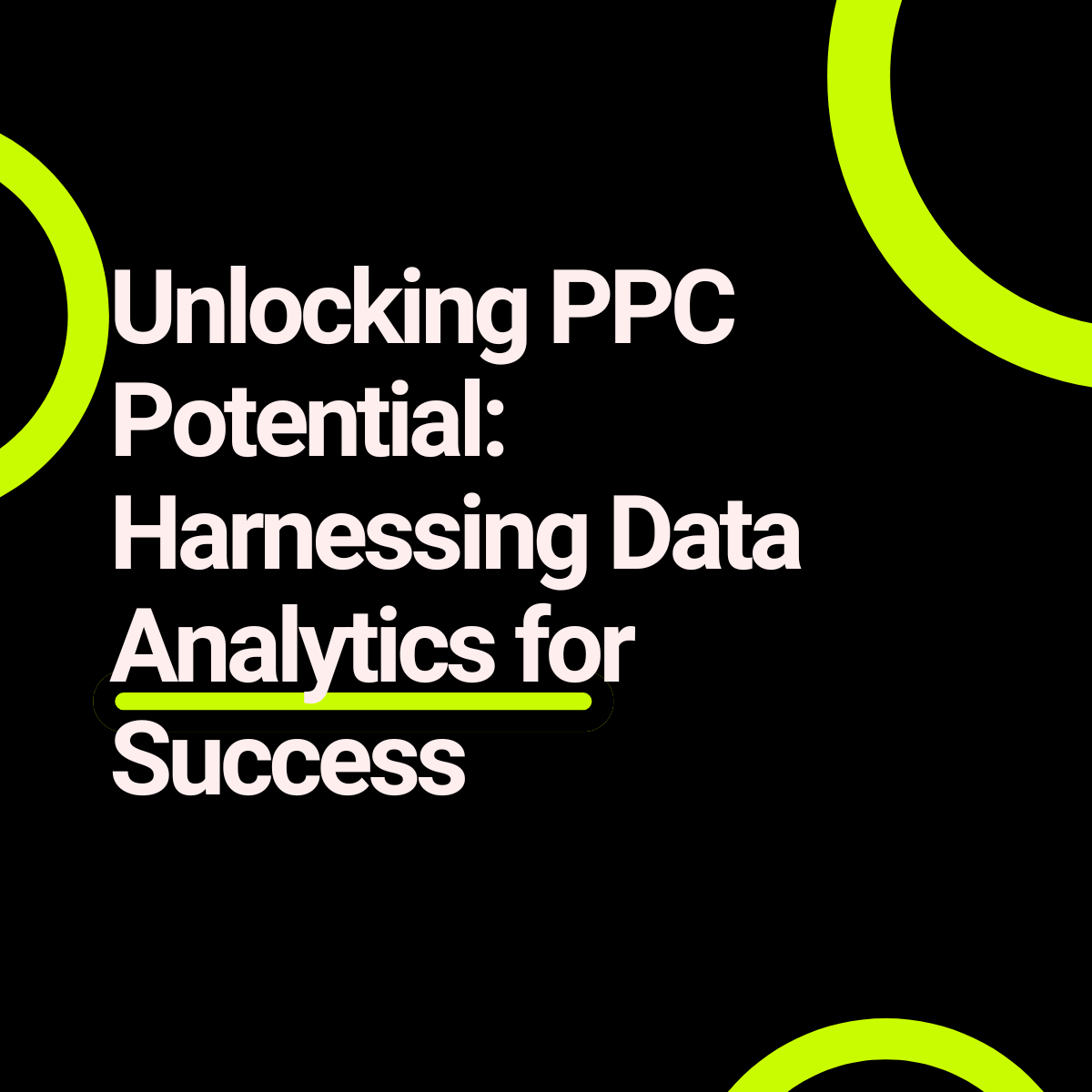Pay-Per-Click (PPC) advertising emerges as a potent force in steering precise traffic and attaining corporate goals. Yet, to optimize PPC campaign efficacy, delving beyond superficial metrics is imperative, employing data analytics for strategic insights and informed choices.
I. Introduction
A. The Power of PPC Advertising
PPC advertising offers businesses the opportunity to reach their target audience with precision and control, paying only for actual clicks on their ads. While the concept is simple, achieving optimal results requires a strategic approach backed by data-driven insights. By harnessing the power of data analytics, businesses can enhance campaign performance, increase ROI, and outpace competitors in the digital marketplace.
II. Understanding Data Analytics in PPC
A. Key Metrics and KPIs
Metrics Overview
| Metric | Description |
|---|---|
| Click-Through Rate | Measure of ad engagement, indicating the percentage of users who click on the ad after seeing it. |
| Conversion Rate | Percentage of users who complete a desired action after clicking on the ad, such as making a purchase or filling out a form. |
| Cost-Per-Click | The amount paid by the advertiser for each click on their ad. |
| Quality Score | Google’s rating of the relevance and quality of ads and keywords, affecting ad placement and cost. |
B. The Role of Data Analytics Platforms
Popular Analytics Platforms
- Google Analytics: Provides comprehensive insights into website traffic, user behavior, and conversion tracking.
- Google Ads (formerly AdWords): Offers detailed performance data for PPC campaigns, including impressions, clicks, and conversions.
- Third-Party Tools: Additional tools such as SEMrush, Ahrefs, and Moz can provide advanced analytics and competitor insights.
III. Leveraging Data Analytics for PPC Success
A. Campaign Optimization Strategies
1. Keyword Analysis
- Conduct thorough keyword research to identify high-performing keywords relevant to your target audience.
- Analyze search query reports to uncover new keyword opportunities and refine targeting.
2. Ad Copy Optimization
- Utilize A/B testing to compare different ad variations and determine the most effective messaging.
- Leverage ad extensions to provide additional information and improve ad visibility.
B. Audience Targeting and Segmentation
1. Audience Insights
- Utilize demographic data to tailor ad messaging and targeting to specific audience segments.
- Leverage remarketing lists to re-engage users who have previously interacted with your website or ads.
2. Custom Audiences
- Create custom audience segments based on user behavior, interests, and demographics.
- Implement audience exclusions to refine targeting and avoid wasted ad spend on irrelevant audiences.
IV. Data-Driven Decision Making
A. Performance Analysis and Reporting
1. Regular Monitoring
- Monitor campaign performance regularly to identify trends and opportunities for optimization.
- Set up automated alerts and notifications for significant changes in key metrics.
2. Performance Reporting
- Generate comprehensive reports to track key metrics, campaign performance, and ROI.
- Utilize data visualization tools to present insights in a clear and digestible format.
B. Continuous Optimization
1. Iterative Testing
- Continuously test and iterate on ad copy, landing pages, and targeting parameters to improve performance.
- Implement incremental changes based on data analysis to maximize results over time.
2. Budget Allocation
- Allocate budget based on performance data, focusing resources on high-converting campaigns and keywords.
- Optimize bidding strategies to maximize ROI and minimize wasted spend.
V. Conclusion
In conclusion, data analytics plays a pivotal role in unlocking the full potential of PPC advertising. By leveraging insights from key metrics and analytics platforms, businesses can optimize campaign performance, target the right audience segments, and make informed decisions to drive success in the competitive digital landscape. By adopting a data-driven approach to PPC management, businesses can stay ahead of the curve, achieve their advertising goals, and outperform competitors in the ever-evolving online marketplace.

